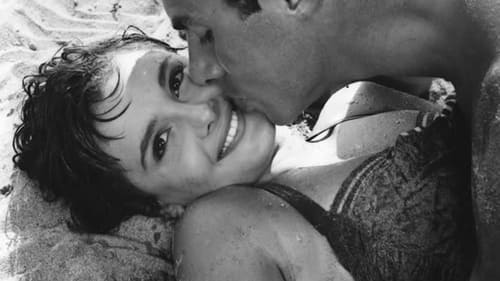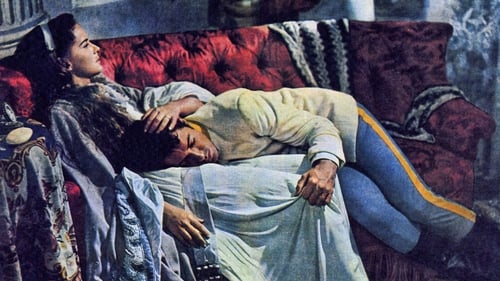
Camilla
A humble country girl is cast in a film and falls in love with the famous lead actor.

Margherita
Donne e soldati was an example of a ‘decentralised’ production, far from Rome, something that for the most part Italian cinema didn’t fully succeed in achieving until the 1990s. . In many ways the film, which is both Picaresque and anti-heroic, was too far ahead of its time, and it is often considered the precursor to Monicelli’s L’armata brancaleone. This time out, Ferreri takes the reins as producer of the ill-fated undertaking (the two directors will never make another film); however, Donne e soldati, apart from marking Ferreri’s estrangement from Italian cinema for a number of years, today appears to display earthy and carnivalesque elements that will subsequently influence certain aspects of the Milanese director’s vision.

Gina
Andrea, a young and charming florentine mechanic in the 1950s, romances five beautiful women simultaneously, enjoying life without really committing to anyone, but in the end who wants to grasp all lose all.

Marina
A man escapes from prison but he is seriously wounded and eventually becomes paralyzed. He receives help from a fisherman and his family.

Clara, la prostituta
A troubled and neurotic Italian Countess betrays her entire country for a self-destructive love affair with an Austrian Lieutenant.

Marcella (uncredited)
Villa Borghese, Rome's biggest urban park, is the place where everyday laughs and dramas are consumed. The movie is made of six vignettes set there.



